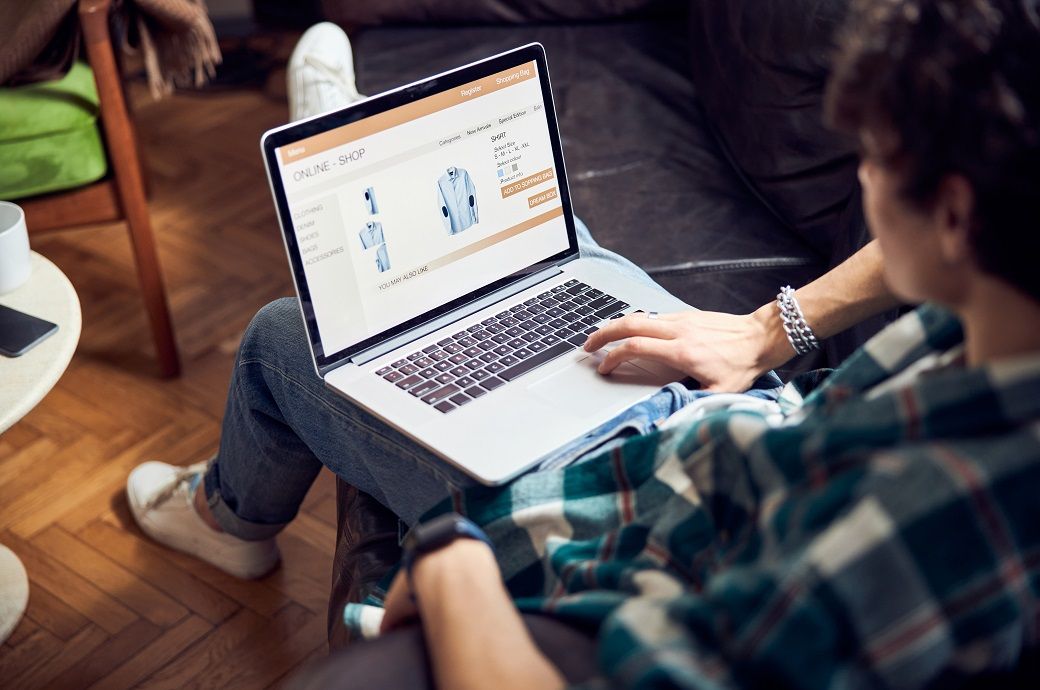A significant portion of online shoppers, 37.8 per cent, make purchases at least once a month, and 34.1 per cent shop online more than once a week. For those who prefer not to shop online, the primary reasons include a preference for in-store shopping (29.5 per cent) and feeling safer in physical stores (23.6 per cent). Concerns about product quality and online payment security are shared by 8.9 per cent of respondents each, while 4.8 per cent are wary of delivery issues. Additionally, 8 per cent of respondents are simply not familiar with online shopping, as per the report.
For consumers who do shop online, the motivations are clear: convenience and cost savings. Key reasons include home delivery (42.8 per cent), saving time (38.4 per cent), cheaper prices (38.6 per cent), and good offers (33.3 per cent). Beyond these factors, a wider product range (26 per cent), the ability to read product reviews before purchasing (19.7 per cent), and more product information (14.5 per cent) are also important. Notably, 20.2 per cent of respondents find online shopping less effortful. Safety (5.5 per cent) and health reasons (4.2 per cent) are less commonly cited, though more people shop online for safety than those who shop in-store for the same reason.
Online fashion shopping leads global e-commerce, with 56.1 per cent of respondents buying clothing and accessories online.
Only 3.1 per cent never shop online.
Key motivations include convenience and cost savings, while some prefer in-store shopping for safety.
Emerging technologies like social commerce and augmented reality are gaining traction.
The report underscores how online shopping, a technological innovation barely imagined at the end of the 20th century, has evolved rapidly. Today, new retail technologies continue to emerge, meeting the changing expectations of consumers.
The ConsumerX 2024 research delves into the adoption of retail technologies among shoppers in Europe and other regions. Social commerce, where consumers buy products through social media platforms, was used by 27.2 per cent of respondents in the past year, making it the most popular technology. Live shopping, involving purchases through livestream videos featuring product demonstrations, follows closely with a 25.8 per cent usage rate.
Emerging technologies such as virtual shopping assistants, AI-powered bots offering product advice, have been used by 16.1 per cent of respondents, while 15.2 per cent have tried augmented reality to visualise items in their homes. Voice shopping via devices like Amazon Alexa or Google Voice Assistant has a lower adoption rate, with only 11 per cent of respondents using it in the past year. The metaverse, a virtual reality space for shopping, was used by just 7.6 per cent of respondents. Interestingly, 45.2 per cent of respondents did not use any of these technologies over the past year.
Looking to the future, most shoppers expect their favourite brands to adopt these technologies, although 28.7 per cent do not foresee their availability anytime soon. The greatest interest lies in augmented reality, with 32 per cent of respondents anticipating its use, inspired by brands like Lego and DFS, which already utilise AR to showcase products. Additionally, 28.6 per cent expect to see virtual shopping assistants, and 27.5 per cent look forward to live shopping becoming more mainstream. Lower interest levels are noted for voice shopping (18 per cent) and metaverse shopping (16.5 per cent).
Fibre2Fashion News Desk (DP)

